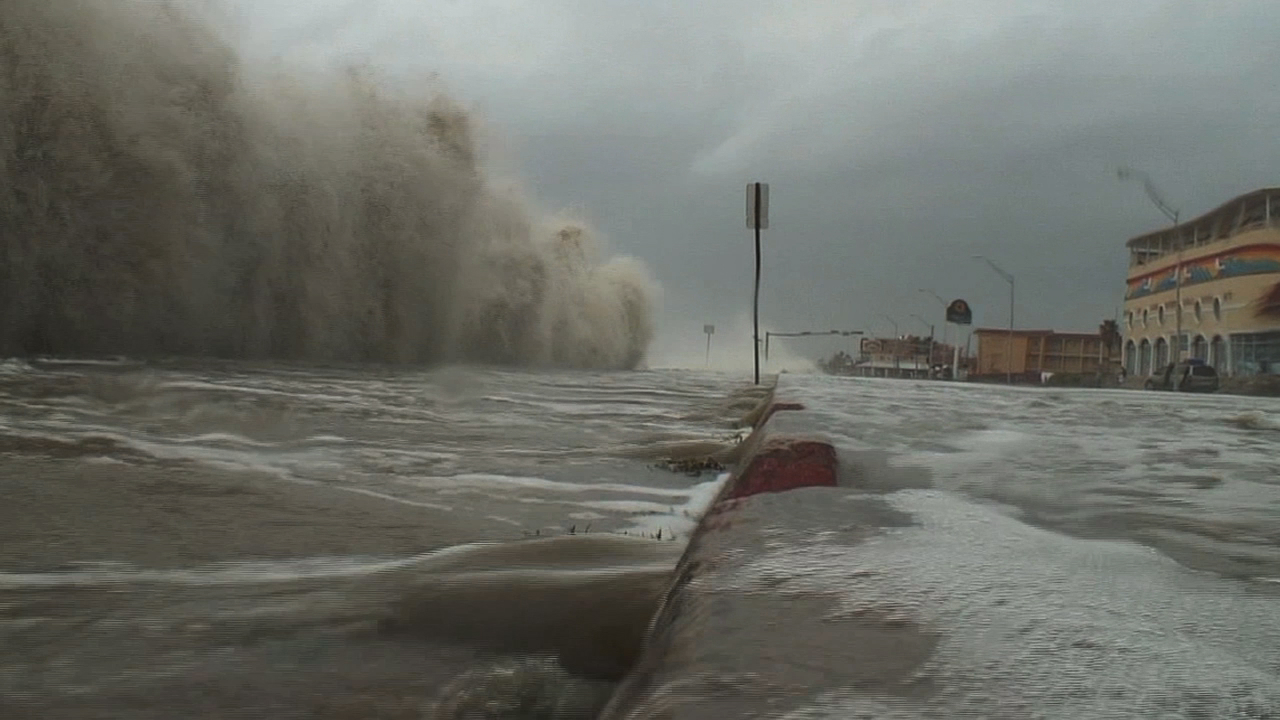Thrive
Pinellas ready to put Biden’s climate resiliency funding to good use

The Biden Administration said Monday it will increase climate resiliency funding from $500 million to $1 billion this year, in an effort to prepare for extreme weather events.
Pinellas County, which has a quarter of its land in the Coastal High Hazard Area, is ready to spend its cut of the funds on local projects, according to County Sustainability and Resiliency Coordinator Hank Hodde.
“We’ve got a cadence of prioritizing needs, and then going through planning and design to implement these capital projects,” Hodde explained. “And since we do that as part of our operations and culture, it better prepares us (to use these funds).”
The county has received over $22 million in disaster relief for destructive hurricanes, such as 2017’s Irma, in the last five years, as well as annual grants from Florida and the Federal Emergency Management Agency (FEMA) to bolster local emergency programs. But Biden’s budget increase is designed to be a proactive solution to extreme weather, which could help communities protect themselves and cut down on costlier funding required after storms.
FEMA will distribute the funds through the Building Resilient Infrastructure and Communities (BRIC) program, which is designed to support “states, local communities, tribes and territories as they undertake hazard-mitigation projects.”
Hodde says Pinellas was too involved in other initiatives to apply for BRIC during its pilot year of 2020-2021, but the county will apply this year to try and obtain funding for 2022-2023. According to FEMA spokesperson Rosa Norman, a formal “fiscal year notice of funding opportunity” will be released in a few weeks, opening the new BRIC applications.
Former FEMA director Craig Fugate was quoted in a New York Times article saying many U.S. communities may struggle to spend this increased amount on resiliency projects, but Hodde disagrees.
“I don’t think $1 billion dollars is enough, but I think what they’re doing is a step in the right direction,” he said. “This isn’t just about the local governments having the capability to spend, but about the federal government having the capability to give it out.”
If selected, Florida’s Department of Emergency Management will filter the money to local governments for use in resilient infrastructure projects. Hodde says if Pinellas is able to secure this funding for 2022, its priorities are to increase shelter capacity, reinforce vulnerable structures and restore Joe’s Creek.
According to Hodde, his staff already submitted a proposal to restore and create a greenway around the Joe’s Creek area, which could alleviate future flooding and provide space for recreation and habitat restoration. The project is one example of how BRIC funding could be applied to existing resiliency initiatives in Pinellas County.
The local official also noted that Penny for Pinellas, a countywide funding source for capital projects, has created a framework for money to be channelled into such initiatives, which makes it easier for the county to use federal funding.
Biden’s announcement also said his administration will help start an Earth System Observatory through NASA, in addition to the increased BRIC funding. This observatory will use satellites to monitor activity such as sea-level and landscape changes in relation to climate change.
Much of what NASA has learned about Earth’s climate has been through satellite observation, so expanding on that work will help the country protect itself from worsening climate events, said NASA Administrator Sen. Bill Nelson in a press release.
The White House partially attributed its new spending and climate initiatives to the overactive 2020 hurricane season, where there were 30 named storms, or storms with winds of 39 mph or higher, observed in the Atlantic.
The National Oceanic and Atmospheric Administration also predicts an active hurricane season this year, with a “likely” range of 13 to 20 named storms.







